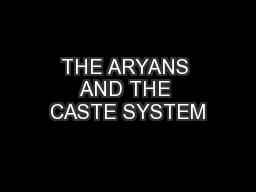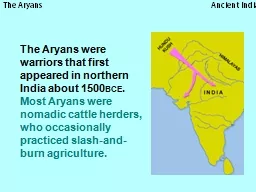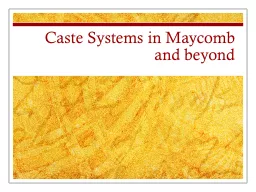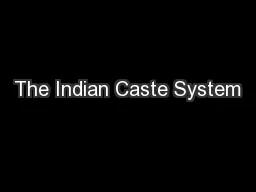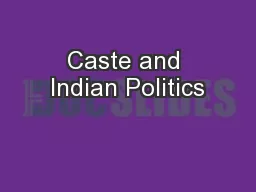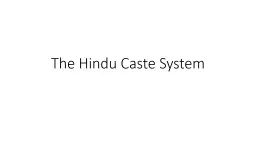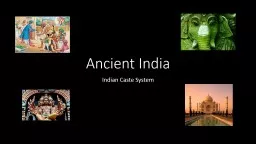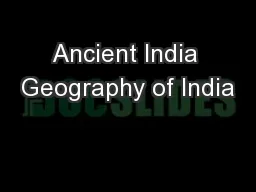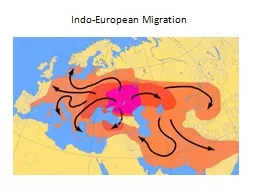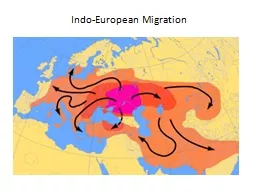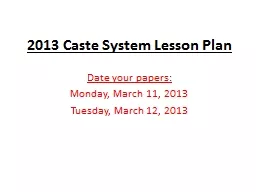PPT-THE ARYANS AND THE CASTE SYSTEM
Author : lindy-dunigan | Published Date : 2015-11-04
THE ARYANS AND THE CASTE SYSTEM About 1500 bc powerful nomadic warriors known as Aryans began to appear in northern India Their skill on horseback allowed the
Presentation Embed Code
Download Presentation
Download Presentation The PPT/PDF document "THE ARYANS AND THE CASTE SYSTEM" is the property of its rightful owner. Permission is granted to download and print the materials on this website for personal, non-commercial use only, and to display it on your personal computer provided you do not modify the materials and that you retain all copyright notices contained in the materials. By downloading content from our website, you accept the terms of this agreement.
THE ARYANS AND THE CASTE SYSTEM: Transcript
Download Rules Of Document
"THE ARYANS AND THE CASTE SYSTEM"The content belongs to its owner. You may download and print it for personal use, without modification, and keep all copyright notices. By downloading, you agree to these terms.
Related Documents

